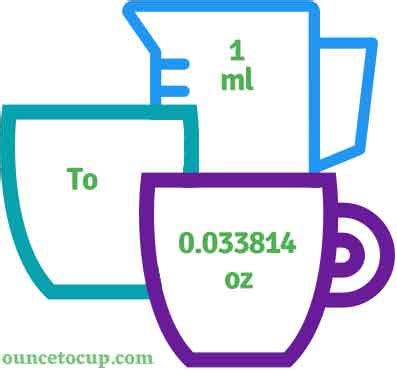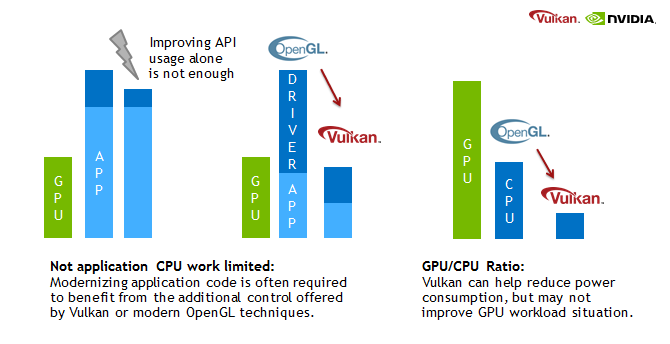3 Ways to Use Hardware Acceleration

Hardware acceleration is a powerful technique that can significantly enhance the performance of various applications and systems. By offloading specific tasks to specialized hardware, such as graphics processing units (GPUs) or dedicated accelerators, computationally intensive processes can be executed more efficiently. In this comprehensive guide, we will explore three practical ways to leverage hardware acceleration, along with real-world examples and industry insights, to unlock the full potential of this technology.
1. Graphics Processing Units (GPUs) for Visual Computing

Graphics Processing Units, commonly known as GPUs, have revolutionized the field of visual computing. Originally designed for rendering graphics and animations in video games, GPUs have evolved into versatile tools for accelerating a wide range of computational tasks.
Image and Video Processing
One of the most prominent applications of GPU acceleration is in image and video processing. Tasks such as image filtering, video encoding, and real-time graphics rendering can be accelerated significantly using GPUs. For instance, consider a photo editing software that utilizes GPU acceleration. With the power of parallel processing, it can apply complex filters and effects to high-resolution images in a matter of seconds, providing an incredibly responsive user experience.
| Task | GPU Acceleration |
|---|---|
| Image Filtering | Up to 10x faster compared to CPU-only systems |
| Video Encoding | Reduces encoding time by 50-70% |
| Graphics Rendering | Smooth and responsive real-time rendering |
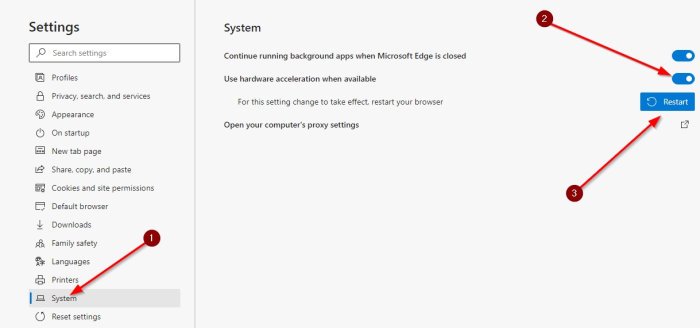
The impact of GPU acceleration in this domain is profound. Video editing suites, computer vision algorithms, and even medical imaging software benefit from the immense parallel processing capabilities of GPUs. As a result, tasks that once took hours to complete can now be accomplished in minutes, enabling faster prototyping, analysis, and decision-making.
Machine Learning and Artificial Intelligence
The rise of machine learning and artificial intelligence has further highlighted the importance of GPU acceleration. Deep learning algorithms, which form the backbone of many AI applications, are highly parallelizable and thus well-suited for GPU processing. Training large neural networks, which can consist of millions of parameters, is a computationally intensive task that can benefit greatly from GPU acceleration.
Consider a self-driving car system that utilizes deep learning for object detection and classification. By employing GPU acceleration, the system can process vast amounts of visual data in real-time, enabling it to accurately identify and classify objects, such as pedestrians, vehicles, and traffic signs, while navigating through complex environments.
Additionally, GPU acceleration plays a crucial role in the deployment phase of machine learning models. Inferencing, the process of applying trained models to new data, requires rapid computation, which GPUs can provide. This enables AI-powered applications, such as facial recognition systems, language translation services, and recommendation engines, to deliver fast and accurate results.
2. Field-Programmable Gate Arrays (FPGAs) for Customizable Acceleration
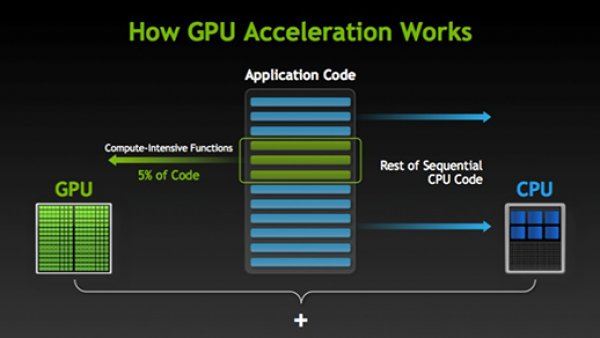
Field-Programmable Gate Arrays (FPGAs) offer a unique approach to hardware acceleration by providing a customizable hardware platform. Unlike GPUs, which are designed for specific types of computations, FPGAs can be programmed to perform a wide range of tasks, making them highly versatile.
Network Functions Virtualization (NFV)
In the realm of network functions virtualization (NFV), FPGAs play a crucial role in accelerating network operations. Traditional network appliances, such as routers and firewalls, are often hardware-specific, limiting their flexibility and scalability. By employing FPGAs, network functions can be virtualized and customized to meet specific requirements.
For example, consider a network security application that needs to inspect and filter network traffic in real-time. With FPGA acceleration, the application can be tailored to perform deep packet inspection, intrusion detection, and other security-related tasks with minimal latency. This level of customization ensures that the network remains secure and responsive even under heavy traffic loads.
Financial Services and High-Frequency Trading
The financial industry, known for its high-performance computing demands, has embraced FPGA acceleration to gain a competitive edge. High-frequency trading algorithms, which rely on rapid data analysis and decision-making, can greatly benefit from the low-latency processing capabilities of FPGAs.
Imagine a trading platform that utilizes FPGA acceleration for real-time market data analysis. The platform can process vast amounts of market data, identify patterns, and execute trades within milliseconds. This speed advantage can lead to significant profits, especially in highly volatile markets where fractions of a second can make a difference.
Customizable AI Acceleration
FPGAs are particularly well-suited for accelerating custom AI workloads. While GPUs offer excellent performance for general-purpose AI tasks, FPGAs can be tailored to specific AI algorithms, providing even higher levels of efficiency.
Consider a research team working on a novel deep learning architecture for natural language processing. By programming an FPGA to implement their custom architecture, they can achieve significant performance gains, enabling them to train and deploy their models more rapidly. This level of customization allows researchers to explore innovative AI ideas without being limited by off-the-shelf hardware solutions.
3. Application-Specific Integrated Circuits (ASICs) for Maximum Efficiency
Application-Specific Integrated Circuits (ASICs) are designed with a single purpose in mind: to accelerate a specific computational task. Unlike GPUs and FPGAs, which offer a more general-purpose acceleration platform, ASICs are highly optimized for a particular application.
Cryptocurrency Mining
ASICs have gained significant attention in the cryptocurrency mining industry. Cryptocurrency mining, the process of validating transactions and adding them to the blockchain, is a computationally intensive task that requires immense processing power.
ASIC mining rigs, designed specifically for cryptocurrency mining, can achieve unprecedented levels of performance and energy efficiency. For example, consider a Bitcoin mining ASIC that is optimized for the SHA-256 cryptographic hash function used in the Bitcoin network. This ASIC can perform billions of hash operations per second, far outpacing the capabilities of GPUs or CPUs, making it an indispensable tool for competitive mining.
Big Data Analytics and Machine Learning
In the realm of big data analytics and machine learning, ASICs can provide significant acceleration for specific algorithms. For instance, consider an ASIC designed for accelerating the Fast Fourier Transform (FFT) algorithm, which is commonly used in signal processing and data analysis.
By employing an FFT ASIC, data analysis tasks that involve large datasets, such as spectrum analysis or image compression, can be executed much faster. This acceleration enables real-time analysis of vast amounts of data, leading to quicker insights and more efficient decision-making processes.
Autonomous Vehicles and Robotics
ASICs are also finding their way into autonomous vehicles and robotics, where real-time processing and decision-making are critical. For example, an ASIC designed for simultaneous localization and mapping (SLAM) algorithms can enable autonomous vehicles to navigate complex environments with precision and speed.
By offloading the computationally intensive SLAM calculations to the ASIC, the vehicle can process sensor data, such as lidar and camera inputs, in real-time, allowing it to accurately estimate its position and map its surroundings. This level of acceleration is crucial for ensuring safe and efficient autonomous operation.
Conclusion
Hardware acceleration, through the use of GPUs, FPGAs, and ASICs, has revolutionized the way we approach computationally intensive tasks. By leveraging the power of specialized hardware, we can achieve unprecedented levels of performance, efficiency, and flexibility. From visual computing and machine learning to network virtualization and cryptocurrency mining, hardware acceleration is a key enabler for many modern technologies.
As we continue to push the boundaries of what is possible, hardware acceleration will play an even more crucial role in driving innovation and performance across various industries. Whether it's accelerating deep learning algorithms, optimizing network operations, or enabling real-time decision-making in autonomous systems, the potential of hardware acceleration is vast and exciting.
Frequently Asked Questions
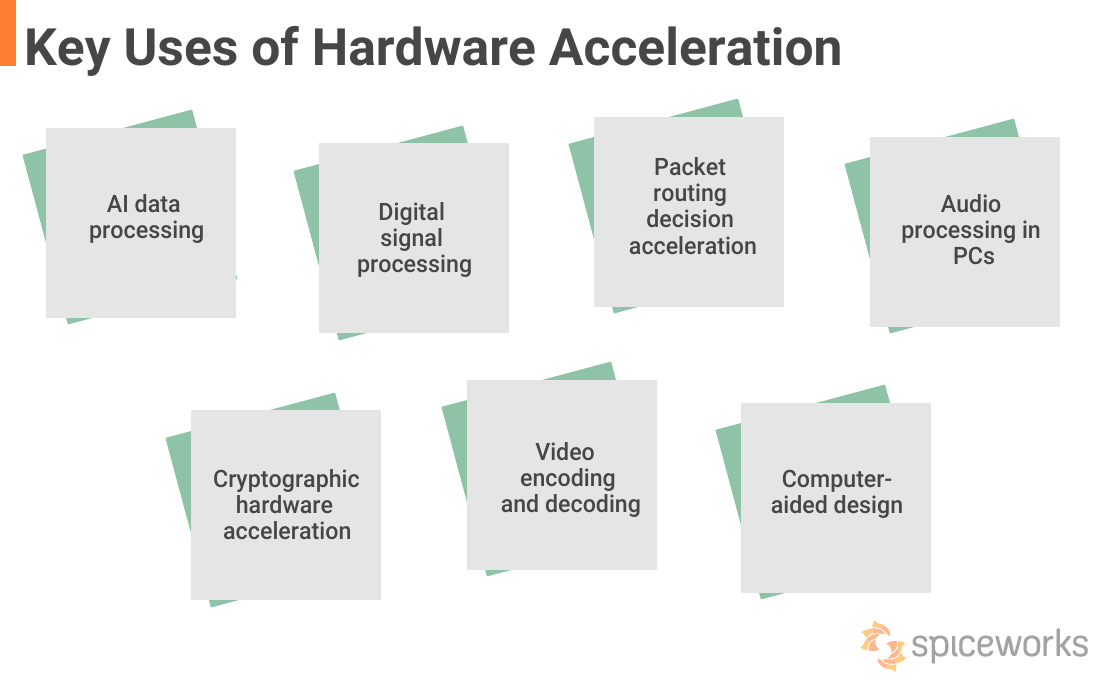
What is the difference between a GPU and an FPGA in terms of hardware acceleration?
+
GPUs are designed for highly parallelizable tasks, such as graphics rendering and deep learning, while FPGAs offer a more customizable and reprogrammable platform, making them suitable for a wider range of applications, including network functions virtualization and custom AI acceleration.
How do ASICs compare to GPUs and FPGAs in terms of performance and efficiency?
+
ASICs are highly optimized for specific tasks, offering the highest performance and energy efficiency. However, they are less flexible compared to GPUs and FPGAs, as they are designed for a single purpose. GPUs and FPGAs provide a more general-purpose acceleration platform, making them suitable for a broader range of applications.
What are some real-world examples of industries benefiting from hardware acceleration?
+
Hardware acceleration has transformed industries such as gaming, video editing, autonomous vehicles, cryptocurrency mining, and financial services. For instance, GPUs accelerate graphics rendering in video games, while FPGAs enable customizable network functions in virtualization, and ASICs power high-frequency trading and cryptocurrency mining.


